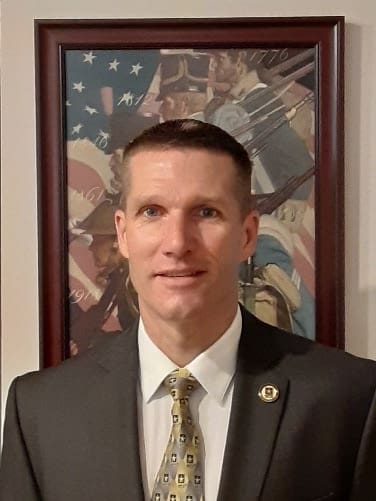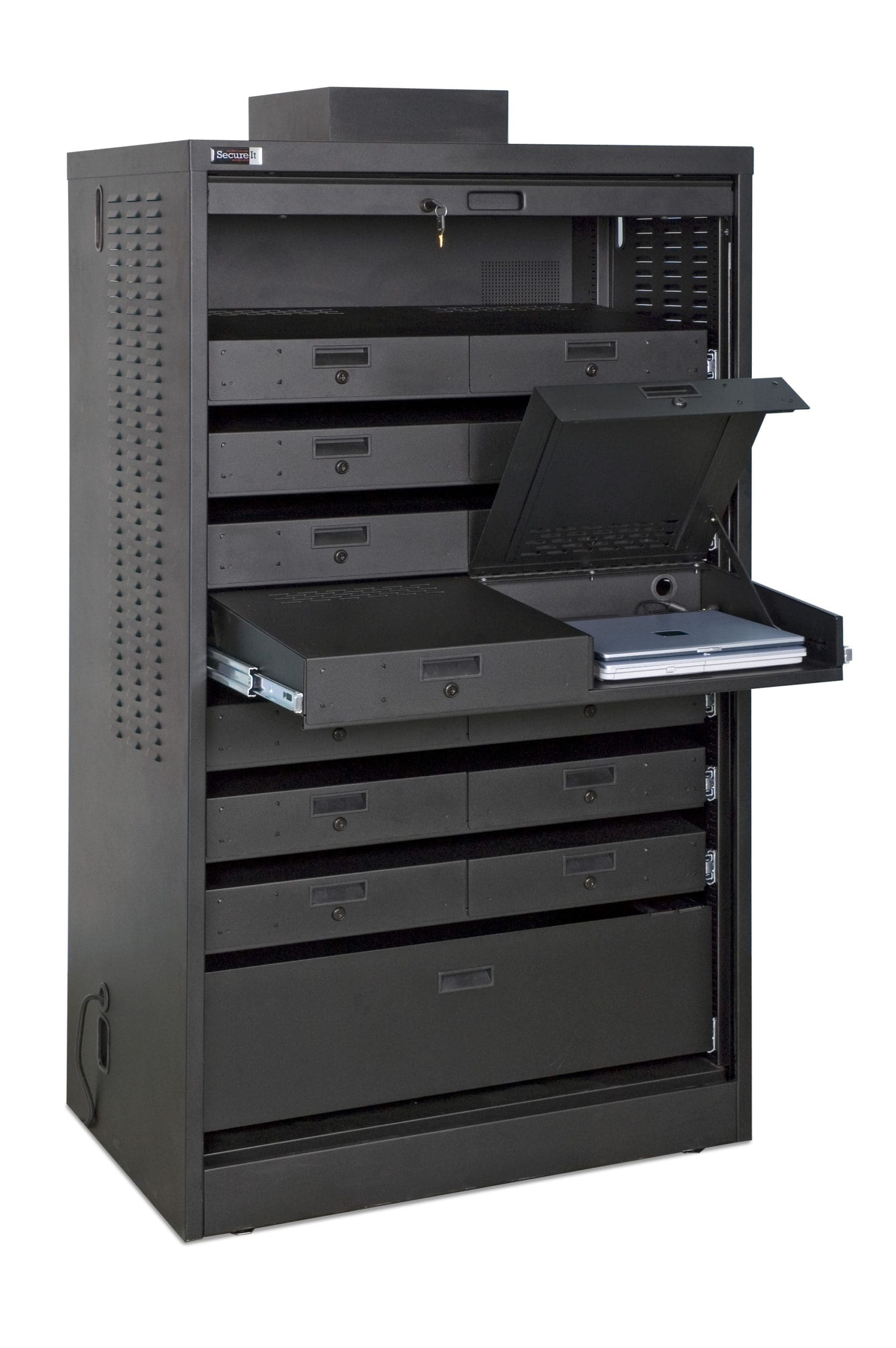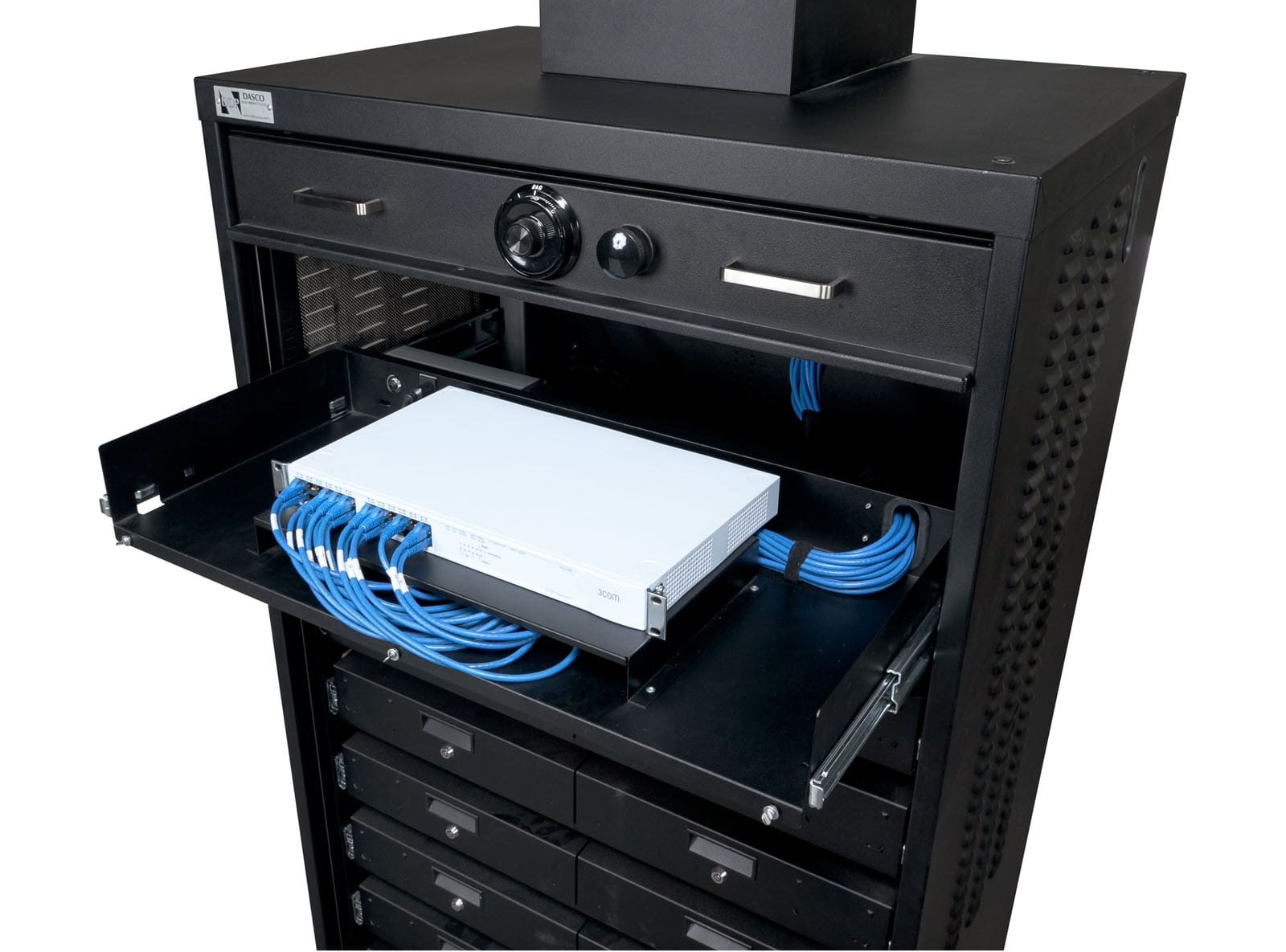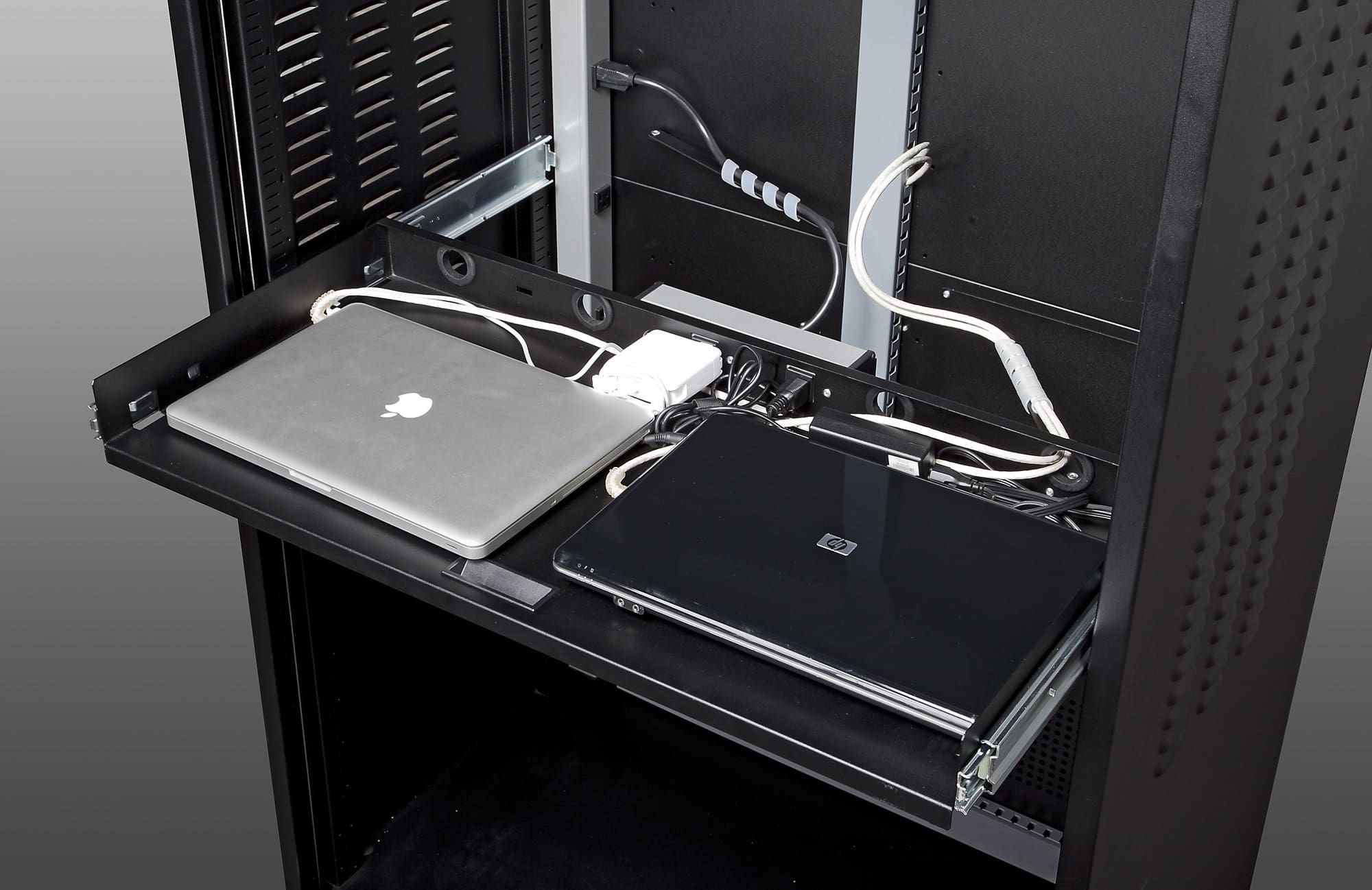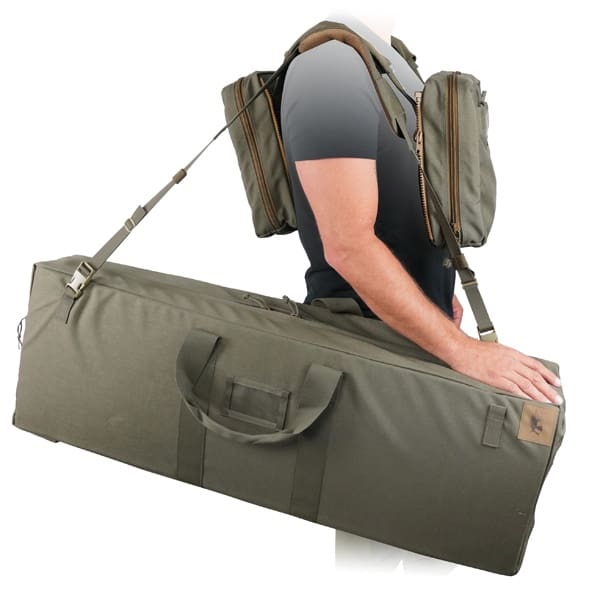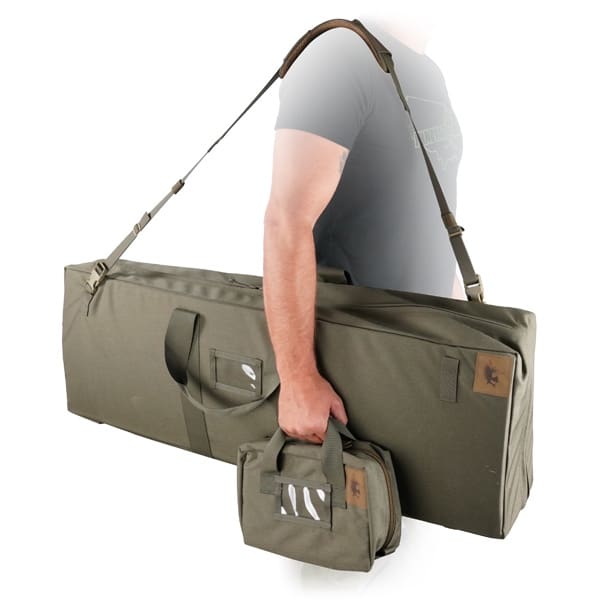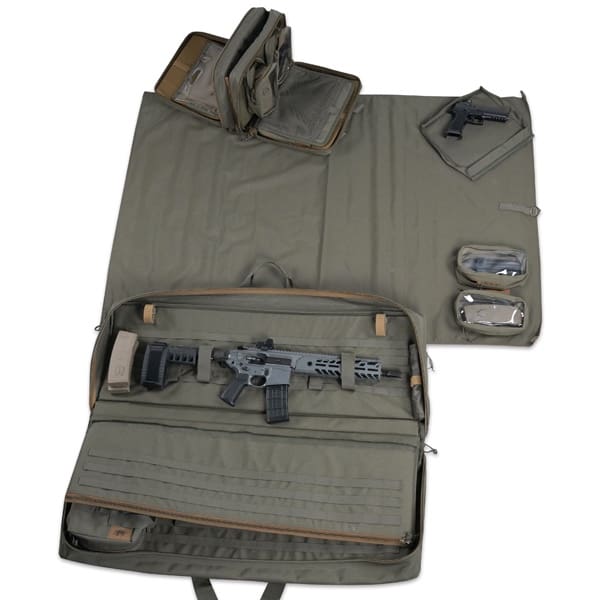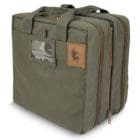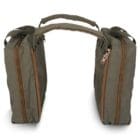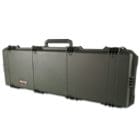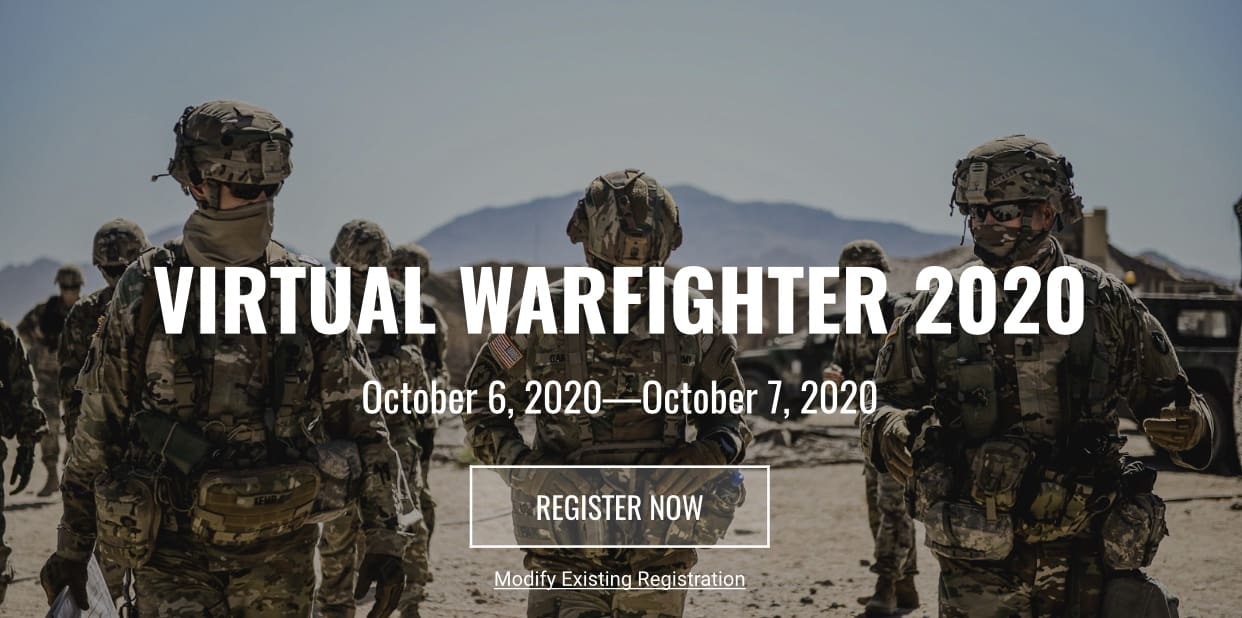St. Louis, MO (September 9, 2020) – Warson Brands, official licensee of Reebok for occupational footwear, introduces the Exofuse extension of the wildly-popular and industry-leading Reebok Sublite Cushion Work line of work shoes. The series includes two styles of athletic work shoes.

The Reebok Sublite Cushion Work incorporates a Sublite foam midsole to maximize cushioning while minimizing weight. A proprietary blend of lightweight foams create the Sublite midsole, which achieves maximum lightness with a soft underfoot feel. Deep flex grooves in the midsole allow for natural movement of the foot and greater range of motion. At the heel and toe are rubber pads for stopping power and takeoff propulsion.
“The Reebok Sublite Cushion Work is our lightest series of work footwear”, says John Duvic, VP of Product Development at Warson Brands. “Industrial workers are on their feet all day carrying heavy loads for their job, so we wanted to create one piece of equipment that wouldn’t weight them down. The Sublite Cushion Work is it. With these latest two models, we added an Exofuse water resistant microfiber upper and extra slip-resistant traction at the heel and forefoot. This is a great shoe for anyone around chemicals, water, grease, and oil.”

The Sublite Cushion Work also features a MemoryTech Massage 2.0 footbed that adapts to the unique contours of the foot. A lightweight XTR® Brand alloy toe cap provides plenty of room in the toebox while meeting or exceeding ASTM F2413 safety standards. The RB4050 and RB4051 both provide electrical hazard protection and are metal free.
Reebok work footwear and the Sublite Cushion Work series are available through select retailers throughout the United States and at www.reebokwork.com
For more information on the new Sublite Cushion Work with Exofuse Water Resistance, please visit warson.widencollective.com/portals/iu0kx7d4/RBSubliteCushionWork.



